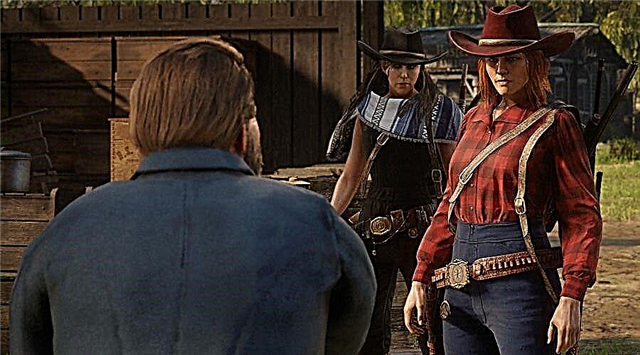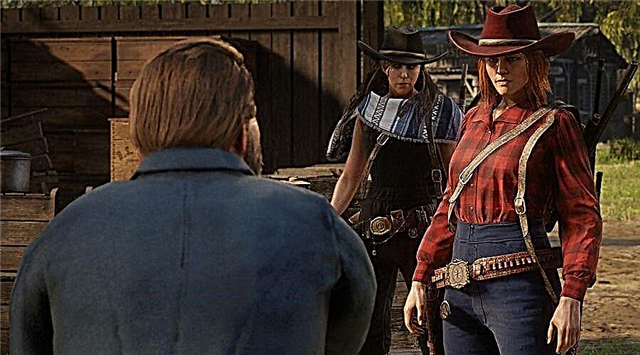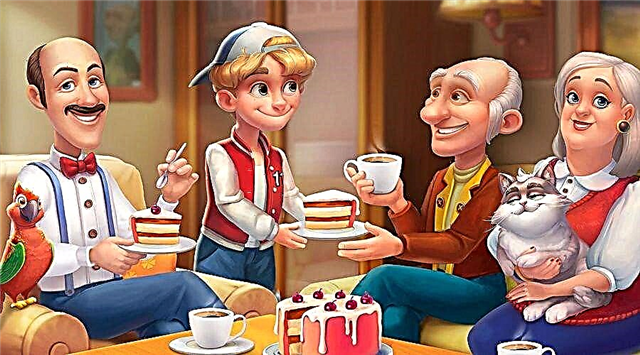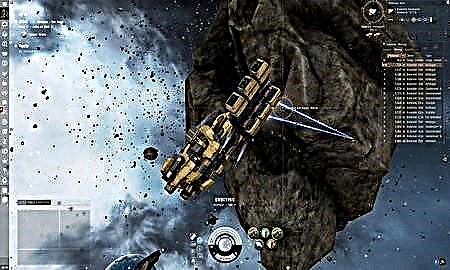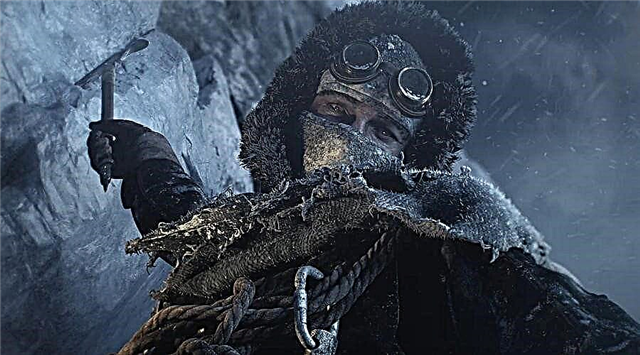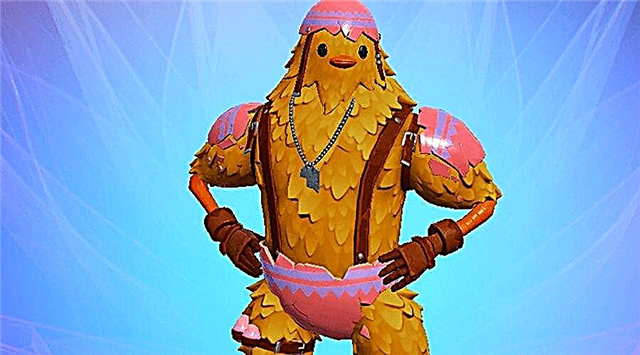The role of genetics in Planet Zoo? The game in the genre of an economic strategy, where you will take the performance of a rather unusual role - the role of the zoo manager.
Here you take control and responsibility of the life of different types of animals. Each of your wards has its own needs, unique features, character and needs. You must create the most comfortable and safe life of the residents of the zoo, but it will not be so simple.
Genetics process in Planet Zoo
There is a 4 gene in the game:
A - animal size
B - longevity
C - fertility
D - Immunity
Genotype - This is when each animal has 12 pairs of genetic codons (6 responsible for fertility and 6 for immunity).
Each pair is a set of codons of parents (1 from the father and 1 from the mother), the cub receives a random combination of each pair. Couple options can be 10:
AA AB AD
BB BC BD.
CC CD
DD.
Genetics of the game works so that each pair that occurs in genotype (AA, BB, CC, DD) reduces the percentage of fertility and / or immunity indicators, depending on which line it met this repetition.
Repetitions of genes A and B do not affect the decline in the respective indicators (size, lifetime). They are inherited from the percentage of parents. Also, with the words of the developer, the quality of the animal content affects these indicators.
It is very important to monitor the size and longevity indicators, even in the absence of double codons (C and D - 100%), we can obtain a decrease in genes A and B
How to get animals with 100% indicators?
We go through the section - "genealogy", it can be opened in the zoo menu-animals (below), after choosing the animal, it will become active, or through the animal map -
In the "Pedigree Book" tab.
We look at the size and longevity indicators. We need indicators in 100%. We highlight such animals, let's call them with conventional numbers / letters and leave in the zoo, the rest are always selling. It is possible only if one of the parents have 100% of the size and / or longevity genes, a combination of one of the parents will be obtained from such animals.
- Parent 1 - size 100, longevity 92
- Parent 2 - size 92, longevity 100
Also both parents may have 100% of size genes, for example, and only one of them is 92% longevity.
Fertility and immunity indicators can be any, but the more percentage, the better, and fertility should not be 0%.
We study genotypes of selected animals. Opening the genealogy of each and write to yourself either completely the entire genotype, or only the repetition of the genes and where they are found. It is better to write, because they cannot be remembered.
Selection of pair
You can breed animals of one species in several enclosures and / or zoos, so you can always view the genealogy of a particular animal and more accurately pick up a couple.It is also economically beneficial since you do not have to buy animals and whether it will come to guess, you will know for sure.
The goal is to choose a couple of animals whose offspring will not receive double codons in genotype. To do this, we first need to make pairs of letters of one parents did not coincide with pairs of letters of another in the appropriate places
Be sure to put the filter in the "Attractiveness" tab on the size genes and longevity 100%, if we do not pick up then, reduce to 92%. We look at the "Compare Partners" tab, it is not very informative, but will give us the opportunity to cut off some animals. After buying, we can see the genealogy of a potential parent only by sending it to the aviary. You will have to buy several individuals before you can pick up more or less suitable. We send the rest back for sale.
Also compare all the codons of the parents and we assume where we may have pairs of letters. If several letters match, then the likelihood of a pair will be:
1 letter - 50% (AB and CB for example)
2 letters (different) - 50% (AB and BA for example)
3 letters - 75% (AA and AB for example)
4 letters - 100% (AA and AA in the same codons)
Ideally pick up extremely difficult, so we buy presumably suitable animals and analyze. If you have the likelihood of a couple manifests itself a maximum of 5 codons, this is already a good option, but the less - the better. You always risk, but with such a scheme you will withdraw animals with 3 and more than 100% of the indicators much more often.
Example
The lioness was removed in my zoo, lion bought out of the side.
Let's analyze the lioness: it has 100% size, longevity and immunity, fertility - 83% (replay BB in 6 codon). Therefore, we need to pick up a lion, which in the 6 codon fertility will not be letters B in general.
By the way, the letter B is responsible for the longevity gene and we see it again, but at the same time the indicator itself is 100%. This once again proves and shows that the genes of size (a) and longevity (B) are inherited differently, regardless of fertility and immunity genes.
We analyze the lion: it has 100% size indicators, longevity and fertility, immunity - 50% (repeat 2 (SS), 4 (BB) and 6 (AA) codons).
Let's analyze genotypes and suppose probable outcomes.
Fertility.
DC DC CB AC AD - Lion
DB CA DC CB CB BB - Lioness
In each other than the last codon, the likelihood of a pair of 50% is a big risk, but we definitely remove the last replay and we have no intersection with a probability of 75% (DD and DB in the example).
Probable pairs: 5
Immunity.
BA CC DB BB CB AA - Lion
CD AB CB DC AD BD - Lioness
Here 50% the likelihood of a pair of only in 3 codon, all the reasons of the lion we will remove with 100% probability that the most important thing for us is now.
Probable pairs: 6
This is a good option, we have a high chance of getting lion with 100% indicators
That's what we got?
1 of 3 lion (first litter) turned out to be with 4 100% by the indicators, the rest of the codons appeared in those places where we assumed. To get results, it is better to minimize the number of probable repetitions.I had a goal to show that the result can be achieved and not at ideal conditions.
Errors and advice
1. Do not allow crossing kindred individuals, you can get the mutation of genes and get zero immunity and / or fertility
2. Remove other animals from the aviary in order not to get a random crossing from the unsuitable pair
3. For one male, you can pick up a few females, so you can increase the amount of offspring.
4. Do not sell all the offspring, plan in advance who you will leave for breeding and pick them up
5. Do not be afraid to cross the animals with low fertility rates (not only 0%) and immunity
6. When crossing animals in which all 4 indicators are 100% there is no guarantee to get the same offspring. Moreover, more often you will get lower indicators
7. Even with the perfect selection of pairs, there is always the likelihood of a gene mutation, often this can happen when crossing animal albinos
8. Even if the first offspring of your pair did not meet your expectations try again, the genotype of the offspring every time will be different
9. Not all animals can be bought at once with good indicators. For such species, it is necessary to look for an optimal pair, which to start will give a minimum of paired codons
Is that all you need to know about the results of genetics in Planet Zoo? If you have something to supplement, feel free to leave a comment below.

